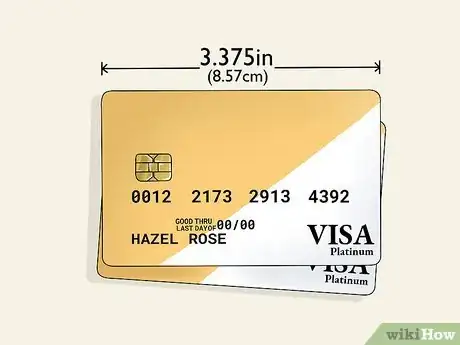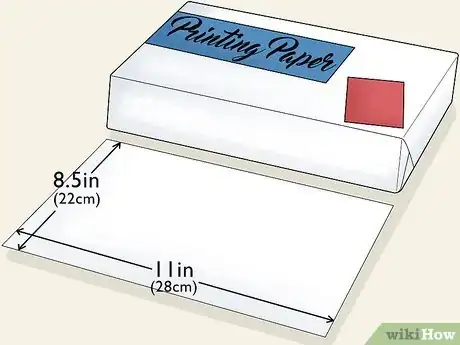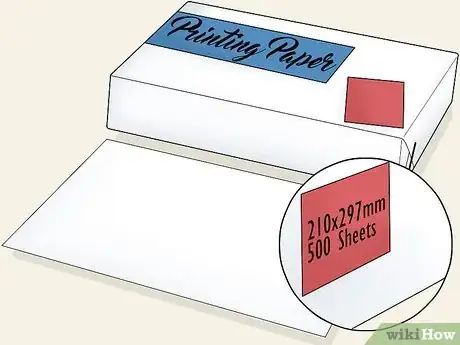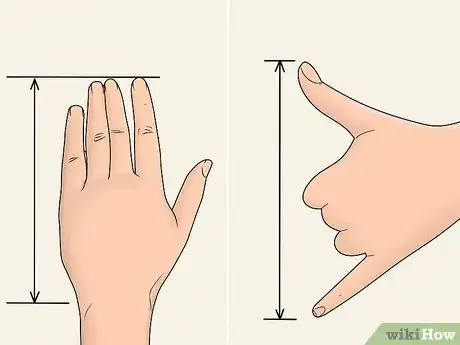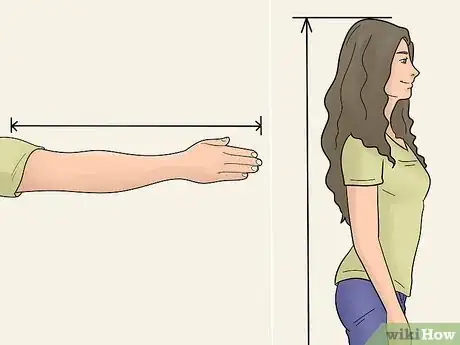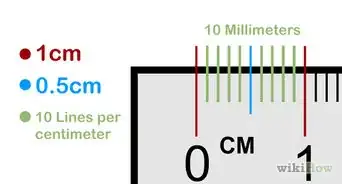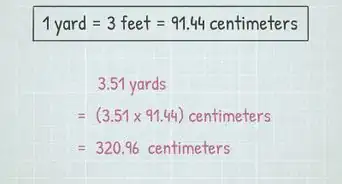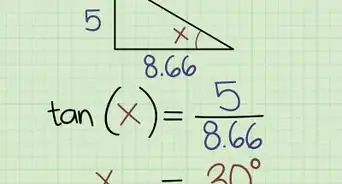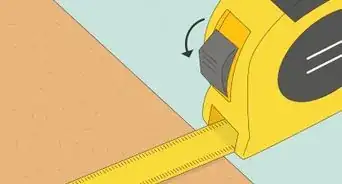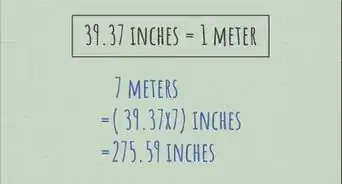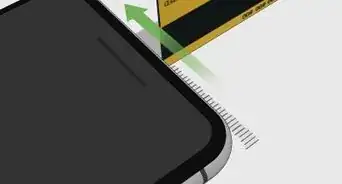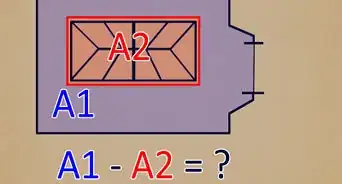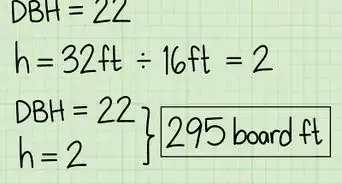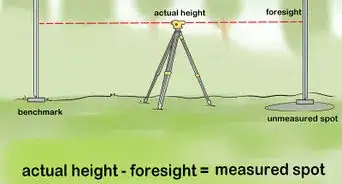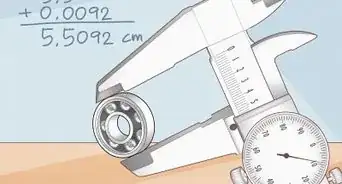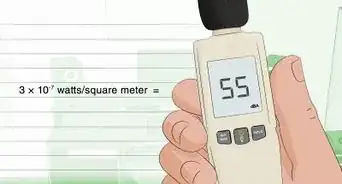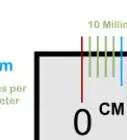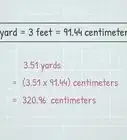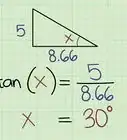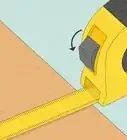This article was co-authored by wikiHow Staff. Our trained team of editors and researchers validate articles for accuracy and comprehensiveness. wikiHow's Content Management Team carefully monitors the work from our editorial staff to ensure that each article is backed by trusted research and meets our high quality standards.
There are 7 references cited in this article, which can be found at the bottom of the page.
This article has been viewed 78,057 times.
Learn more...
When it comes to everyday life, people don’t usually carry around rulers in their purses and pockets. However, sometimes you might need to take a quick measurement of something and don’t have a ruler on hand. With a little ingenuity or a good memory, you can still measure things like a pro, and impress all your friends with your resourcefulness to boot!
Steps
Comparing to Everyday Objects
-
1Check your wallet for currency to use as a mini ruler. All US and EU currency is a standard size. Keep in mind that not all euro banknotes have the same dimensions.
-
2Pull out a credit card or business card to use as a rough guide. You can measure objects by placing the card alongside the object. Then compare the size of the card to the size of the object.Advertisement
-
3Find a sheet of printer paper. Standard US and Canadian printer paper is 8.5 inches (22 cm) by 11 inches (28 cm). Standard printer paper outside of the US and Canada is 210 millimetres (8.3 in) by 297 millimetres (11.7 in).[6]
-
4Print out an online ruler. There are many basic templates that can be found online. This is an easy solution, but will only work if you have access to a printer.
-
5Use the sheet of printing paper as a makeshift measuring tool. If you don't have access to a printer and the piece of printer paper isn't standard sized, the paper can still be useful if you determine its size. The dimensions of printer paper can often be found on the front of its packaging. Then, compare the size of that paper with the object you're measuring.
Measuring with Your Body
-
1Know your hand length and hand span. Your hands are always handy. Knowing the size of your palm and fingers can make it easy to measure small objects of various sizes.
- To find your hand length, hold your hand flat like you are raising your hand, then measure from the tip of your third finger to the base of your palm.
- To find your hand span, stretch your fingers as wide as possible then measure from the tip of your thumb to the tip of your pinkie.
-
2Remember your shoe size. This is more helpful for measuring out longer distances, like the dimensions of a room. By running a search online for shoe size conversion charts, you can easily convert your shoe size to inches and centimeters.
- Your shoe size can also sometimes be located on the tongue, or the inner topmost part of your shoe.[7]
-
3Learn your arm span or height. These two measurements should be roughly the same. Using those measurements, you can measure things vertically by standing straight, or horizontally by simply stretching your arms out.
References
- ↑ https://www.immihelp.com/usa-currency-bills/
- ↑ https://www.usmint.gov/learn/coin-and-medal-programs/coin-specifications
- ↑ https://www.ecb.europa.eu/euro/banknotes/denominations/html/index.en.html#es2-100
- ↑ https://www.rd.com/culture/credit-cards-size/
- ↑ https://www.printingforless.com/Business-Card-Specifications.html
- ↑ https://docs.microsoft.com/en-us/globalization/locale/paper-size
- ↑ https://www.shoeguide.org/shoe_anatomy/

